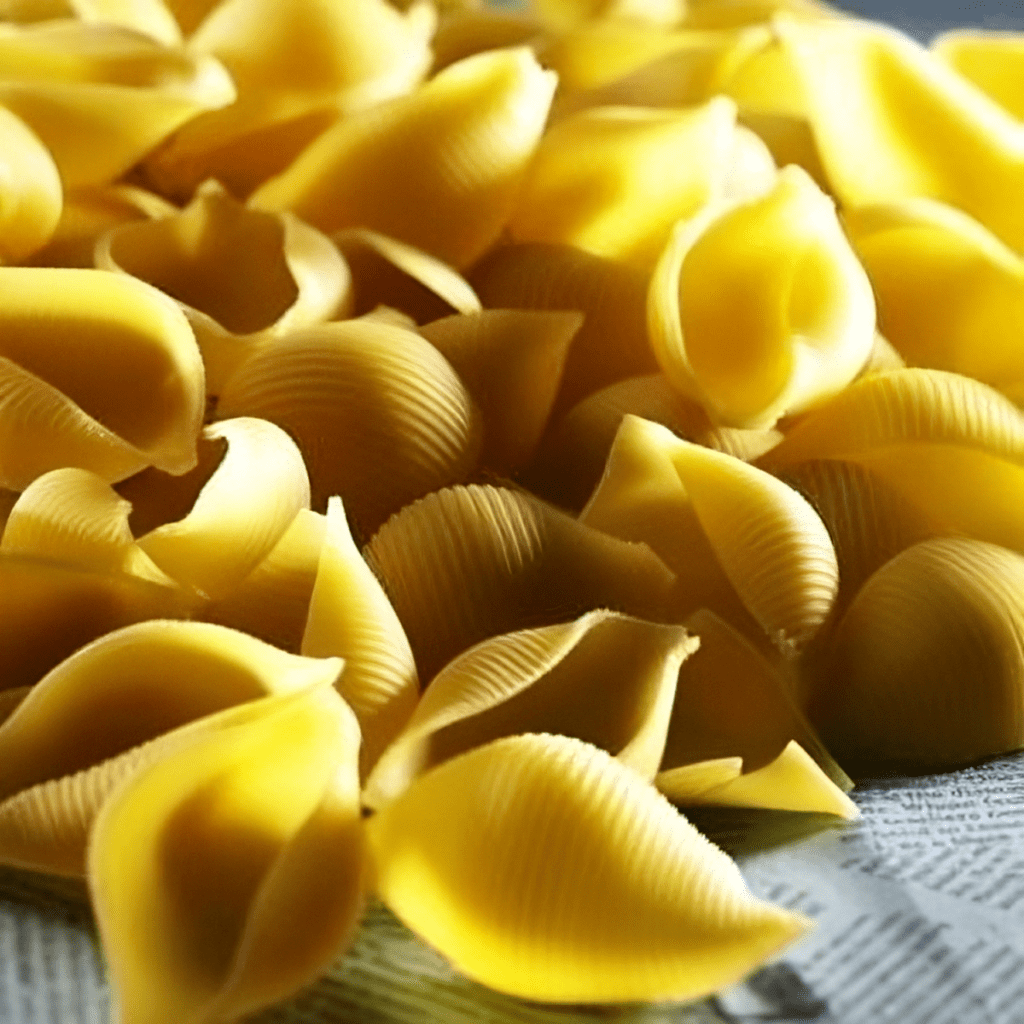For generations, we’ve been taught to boil pasta in water as the go-to method. But what if I told you there’s a better, tastier, and more efficient way to cook pasta? It turns out that boiling pasta in plain water may not be the most exciting—or even the best—option. In fact, cooking pasta in alternative liquids or directly in sauce can elevate your dishes, save time, and bring a whole new level of flavor to your kitchen.
Let’s explore 8 brilliant reasons to never boil your pasta in water again.
1. Boost Flavor by Cooking Pasta in Sauce

One of the simplest yet most impactful ways to transform your pasta dishes is by cooking your pasta directly in the sauce. When you do this, the pasta absorbs the flavors of the sauce as it cooks, resulting in a richer, more cohesive meal. Instead of boiling pasta separately and then mixing it with sauce, the pasta and sauce cook together, infusing the pasta with deeper flavors. This method works wonders for classics like spaghetti Bolognese or marinara sauce.
How to do it: Start with a little sauce in a wide pan, dilute with some broth or water, and let the pasta simmer until it’s perfectly al dente. Stir frequently and add liquid as needed to keep the pasta from sticking.
2. Save Water and Energy
Did you know that boiling pasta traditionally uses a large amount of water and energy? Waiting for a big pot of water to come to a boil can waste precious time and resources. By cooking pasta in sauce or another liquid, you can conserve water and reduce your energy consumption, making this method more eco-friendly.
How to do it: Instead of a full pot of water, use just enough liquid—broth, sauce, or otherwise—to cover the pasta. Let it simmer, and you’ll use less energy while still getting perfectly cooked pasta.
3. Enhance Texture with a Risotto-Like Method
Cooking pasta using the one-pot, risotto-style method can create a creamy, indulgent texture that you won’t achieve by boiling in water. As the pasta slowly absorbs liquid, it releases starch, which thickens the sauce and results in a velvety, luxurious dish without needing to add cream or cheese.
How to do it: Sauté your dry pasta lightly in olive oil or butter, then slowly add broth or another liquid in small amounts, stirring often, just like making risotto. The result? Pasta coated in a naturally creamy sauce that’s both rich and satisfying.
4. Infuse More Nutrients by Cooking in Broth
Boiling pasta in water might fill you up, but it doesn’t add much nutrition. Cooking your pasta in a nutrient-rich broth (like chicken, beef, or vegetable) allows the pasta to absorb those beneficial nutrients. It’s an easy way to enhance the healthiness of your meals without the need for heavy sauces or extra ingredients.
How to do it: Replace water with broth and let your pasta simmer. The pasta will soak up the nutrients and flavors, giving your dish a more robust taste while also adding an extra nutritional punch.
5. Reduce Cleanup with Fewer Pots and Pans

Boiling pasta in water usually means more dishes—one pot for the pasta, one for the sauce. But what if you could cook everything in one pan? By cooking your pasta directly in the sauce, broth, or other liquids, you can simplify your kitchen routine and drastically cut down on cleanup time.
How to do it: Use a large enough pan or pot to fit both your sauce and pasta. Cook everything together, and when you’re done, you’ll only have one dish to clean. It’s that simple!
6. Maximize Creaminess Without Adding Dairy
Many of us love creamy pasta dishes but want to avoid the calories or heaviness of cream or butter. By cooking pasta in alternative liquids like coconut milk, almond milk, or vegetable broth, you can achieve a similar creamy texture. As the pasta releases its starch, the liquid thickens naturally, giving you that rich, creamy sauce without dairy.
How to do it: Use your preferred non-dairy liquid, such as coconut milk or vegetable broth. Simmer the pasta gently and stir frequently. As the liquid reduces, the pasta will create a smooth, creamy sauce that clings to each bite.
7. Cut Down on Cooking Time

Surprisingly, cooking pasta directly in sauce or broth often takes less time than the traditional method. Since you’re working with a smaller amount of liquid, it heats up faster, and the pasta absorbs the liquid more quickly. Plus, you don’t have to worry about draining pasta, which means fewer steps and less waiting around.
How to do it: Bring your sauce or broth to a simmer and add the dry pasta. Keep stirring and adding liquid as needed, and you’ll find that the pasta cooks faster than if you were waiting for a pot of water to boil.
8. Customize Your Dish with Creative Liquid Choices

Plain water doesn’t offer much in terms of flavor. So, why not cook your pasta in something more exciting? Using liquids like wine, tomato juice, or even coconut milk can add unique flavors and complexity to your dishes. Wine can bring depth and richness, tomato juice adds a fresh acidity, and coconut milk offers creaminess with a hint of sweetness.
How to do it: Choose a liquid that complements your recipe. For example, use white wine for seafood pasta, tomato juice for a light summer dish, or coconut milk for Thai-inspired pasta. Let the pasta cook in the liquid, soaking up those bold flavors.
Final Thoughts
The next time you reach for that big pot of water, pause for a second. There are smarter, more flavorful ways to cook pasta that not only save time and resources but also elevate your dishes to a whole new level. From infusing your pasta with rich sauces to experimenting with unique liquids like wine or broth, these methods will make you rethink everything you thought you knew about pasta.
So, forget boiling pasta in water. Try these innovative techniques, and watch your pasta dishes transform into mouthwatering masterpieces that leave traditional methods far behind.


